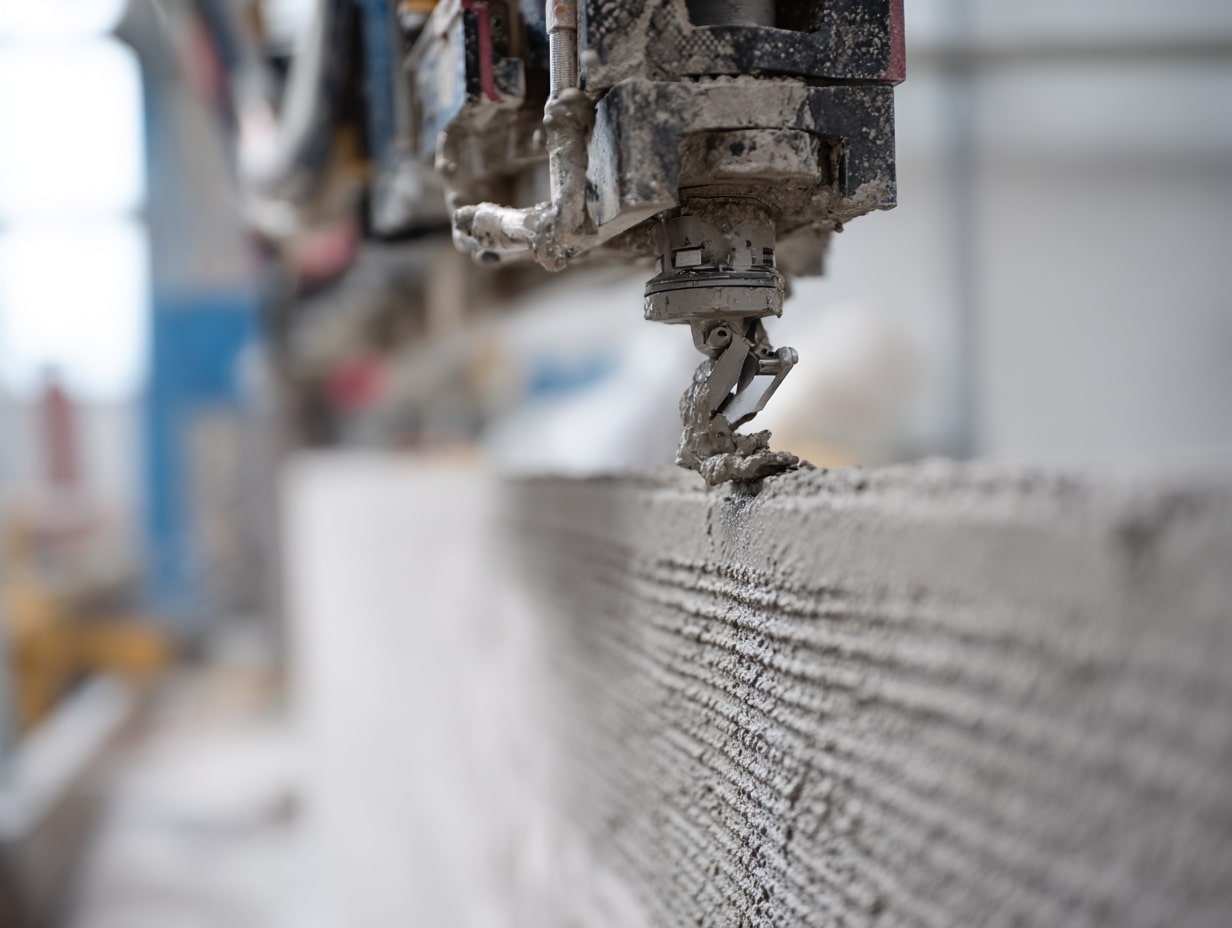- Home
- Articles
- Architectural Portfolio
- Architectral Presentation
- Inspirational Stories
- Architecture News
- Visualization
- BIM Industry
- Facade Design
- Parametric Design
- Career
- Landscape Architecture
- Construction
- Artificial Intelligence
- Sketching
- Design Softwares
- Diagrams
- Writing
- Architectural Tips
- Sustainability
- Courses
- Concept
- Technology
- History & Heritage
- Future of Architecture
- Guides & How-To
- Art & Culture
- Projects
- Interior Design
- Competitions
- Jobs
- Store
- Tools
- More
- Home
- Articles
- Architectural Portfolio
- Architectral Presentation
- Inspirational Stories
- Architecture News
- Visualization
- BIM Industry
- Facade Design
- Parametric Design
- Career
- Landscape Architecture
- Construction
- Artificial Intelligence
- Sketching
- Design Softwares
- Diagrams
- Writing
- Architectural Tips
- Sustainability
- Courses
- Concept
- Technology
- History & Heritage
- Future of Architecture
- Guides & How-To
- Art & Culture
- Projects
- Interior Design
- Competitions
- Jobs
- Store
- Tools
- More
How to Choose the Right Sauna for Your Wellness Routine?

Adding a sauna to your wellness has many advantages, from improved circulation to better relaxation. With the numerous kinds of saunas available for purchase, it is bewildering to work out which type best fits your needs and purposes. Your best way of choosing will be determined by your goals about wellness, space, and the amount you shall invest in it.
Here is a guide that will take you through choosing the right types of saunas for relaxation and health to suit your lifestyle.
Table of Contents
ToggleDefine Your Wellness Goals: What Do You Want to Achieve?
Before considering options, reflect on what you want to achieve through sauna sessions. Is this for releasing stress and unwinding or for detoxification of the body and improvement of blood flow? Since there are various benefits linked with each of the sauna types, understanding your wellness goals will keep you abreast of how to go about making the right decision.
Infrared saunas are best for those needing relaxation and stress relief, as they are gentle heat that reaches the skin without overwhelming the body. On the other hand, those interested in circulation improvement and detoxification may find the traditional dry heat sauna more suitable, as the strong heat could spur the sweating process and help with overall detoxification.
Traditional vs. Infrared Saunas: Which One Suits You Best?
In saunas, there are two major types: traditional, or dry heat, saunas and infrared saunas. Each has its specific advantages, so understanding the differences is important before making your decision.

Traditional Saunas: The Timeless Heat Experience
The original variety is the traditional variety that works by heating air within a room with electric or woodburning stoves. Temperatures in a traditional sauna for home use could be as high as 150°F to 190°F (65°C – 88°C), while air is usually very dry. These saunas increase the body temperature to prompt perspiration quickly, supposedly in support of detoxification and allowing improvements in circulation and muscle relaxation.
The heat may become too much for some; one has to make sure of the tolerance level towards high temperatures before resorting to this type. Traditional saunas are generally good for those who like their experience to be a bit more extreme and who like high temperatures and dry heat.
Infrared Saunas: A More Gentle, Targeted Approach
While infrared uses infrared light, heat the body directly from the inside out, it is opposite to heating the air in a standard sauna. This, in turn, lets infrared saunas work at an extremely low temperature, normally anywhere between 120°F to 150°F or 49°C to 66°C. Light deeply penetrates the skin to raise body temperature for deep relaxation, increased circulation, and recovery of muscles.
Usually softer on the body than traditionally used ones, infrared saunas are highly suitable for people who cannot bear much heat or would want to experience something moderate. They are also ideal for those seeking to target specific areas of the body, since infrared light is in a position to deeply penetrate tissues.
Space and Installation: Fit Your Sauna to Your Home
For that reason, when it comes to choosing your type of sauna, available space should be taken into consideration. The sauna varies in size from small portable units to bigger permanent installations. It should fit comfortably within the area you are placing the sauna and also make certain the space is ventilated properly.
Portable Saunas: Flexibility and Convenience
Portable infrared saunas are great options for people with limited space, and they can be carried about if one so wishes. Most of these small units are easy to set up and can be stowed away when not in use. They are pretty inexpensive and compact, perfect for apartments or smaller homes.
But portable models will lack the luxurious ambiance and capacity of larger, in-set models. The heating elements may not be as strong, and the space could be more cramped. Yet they are a convenient, lower-cost alternative for people wanting to enjoy infrared therapy from home.
Conventional Built-in Saunas: The Height of Pampering
You can opt for an inbuilt sauna if you have more space and would want the traditional experience of a sauna. These are more permanent installations that take up more space and are mostly installed by professionals. Traditional saunas can be made from wood, adding a natural soothing aesthetic to your space.
While they are a bit larger and thus more expensive to install, built-in saunas provide a much higher-end experience and can better accommodate large families or users who plan on being frequent sauna-goers.
Your Budget: What Are You Willing to Invest?
Your budget will, however, play a significant role in determining which sauna fits the best for you. Infrared saunas are generally more affordable than their traditional counterparts, especially portable units. On the other hand, built-in traditional saunas can be quite an investment, not only regarding initial cost but also with installation.
Portable infrared saunas, on the other hand, are more affordable for people who are on a tighter budget yet want the benefits that come with a sauna. They will give a good balance in terms of price and effectiveness. On the other hand, if you can afford to invest more and have the space to fit it, then a built-in sauna is just what you need for your wellness program.
Maintenance and Longevity: Keep Your Sauna Running Smoothly
The maintenance factor is another important determinant in the selection of saunas for wellness. Traditional saunas, especially those made with wood, require regular upkeep to ensure the wood condition sustains and the heating elements function with time. Infrared saunas tend to require less maintenance, as they are more easily cleaned and maintain a longer life.
Before you buy a sauna, it would be in your best interest to find out what the manufacturer’s recommended maintenance procedures are and if any long-term warranties are available. This will provide you with peace of mind and ensure your sauna stays in good working order for years to come.

Extra Features: Enhance Your Sauna Experience
Many modern saunas for home use come with features intended to enhance your experience. Some infrared saunas come with built-in sound systems, mood lighting, or even chromotherapy-color therapy-further designed to help you relax. Other saunas will have an aromatherapy diffuser that lets you infuse the air with soothing scents, such as lavender or eucalyptus, for an even more calming atmosphere.
If these extras align with your wellness goals, it may be worth looking for a sauna that offers these features. While they can increase the cost of the sauna, the added benefits can make your sauna sessions even more enjoyable and therapeutic.
Bottom Line
Whichever type of sauna you might select depends on your preference, space, and goals of the wellness routine. While keeping in mind the type, the placing/constructing size, your budget, and other features can make a difference in giving an informed decision that might amaze you with health benefits and relaxation. From the hot, steamy air of a traditional sauna to the soft, concentrated therapy provided by an infrared sauna, there is no doubt that a regular approach with any kind of sauna can offer you a whole new sense of well-being for body and mind.
illustrarch is your daily dose of architecture. Leading community designed for all lovers of illustration and #drawing.
Submit your architectural projects
Follow these steps for submission your project. Submission FormLatest Posts
3D Printed Homes: Time, Cost, and What to Expect
3D printed homes explained: realistic timelines (24–72h walls, 8–16 weeks total), true...
How a Contact Centre Boosts Trust in Your Building Business
In construction, trust is the glue that holds projects together. Clients need...
How Real Time Parcel Geolocation Is Redefining Last Mile Efficiency for Modern Businesses
Last mile delivery has become the most critical point in the customer...
How Can Small Spaces Stay Stylish and Relaxing?
In today’s fast-paced urban lifestyle, small living spaces are becoming increasingly common....












Leave a comment